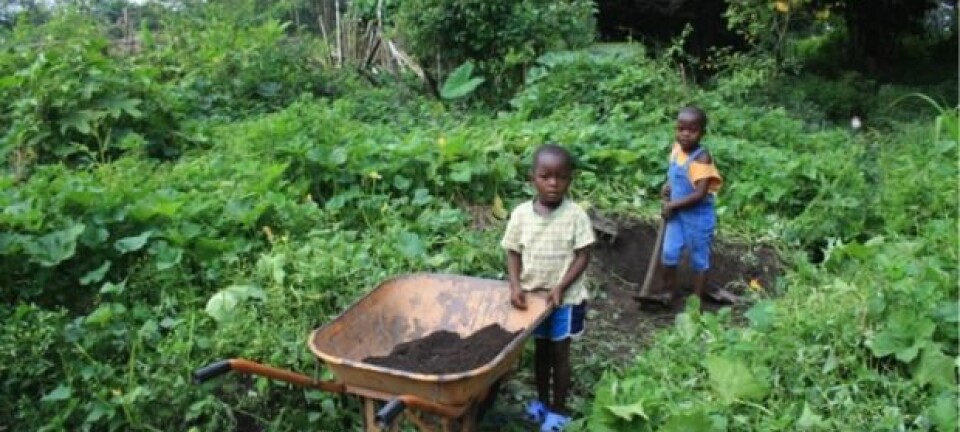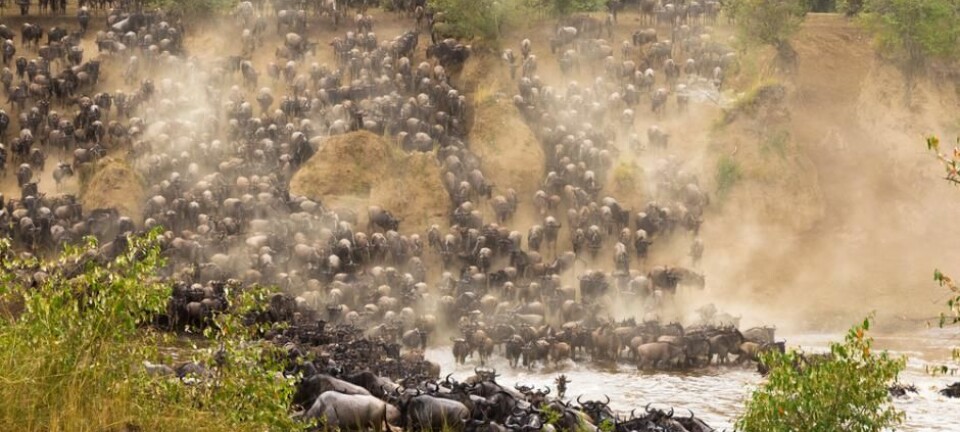
Africa has become greener in the last 20 years
Despite climate change and a growing population, Africa has become greener over the past 20 years, shows new study.
In Africa, a fight is happening. On one side natural forces are making the continent greener, and on the other, people are removing trees and bushes from the continent.
In densely populated regions, people are cutting down trees and forests, but elsewhere, where human populations are more thinly spread, bushes and scrub vegetation are thriving.
Now, scientists have quantified for the first time how vegetation across the continent has changed in the past 20 years.
Thirty six per cent of the continent has become greener, while 11 per cent is becoming less green.

The results show that not all is lost for Africa’s nature, say the scientists behind the new research.
“Our results are both positive and negative. Of course it’s not good that humans have had a negative influence on the distribution of trees and bushes in 11 per cent of Africa in the last 20 years, but it doesn’t come as a complete surprise,” says co-author Martin Brandt from the Department of Geosciences and Natural Resource Management at the University of Copenhagen, Denmark.
“On the other hand it’s not all negative as an area—three times larger than the area where trees and bushes are disappearing—is becoming greener, which is positive, at least from a climate point of view,” he says.
The new study is published in the scientific journal Nature Ecology and Evolution.
Challenges the general view of Africa
The study challenges the view that Africa is undergoing a sustained loss of trees and bushes, says Professor Henrik Balslev from the Department of Bioscience at Aarhus University, Denmark. Balslev was not involved in the study.
The new study offers a nuanced picture of how population growth in Africa influences vegetation in different ways.
“The study gives a much more nuanced picture of people’s influence on vegetation in Africa, south of the Sahara, than we had before. The study will have significant impacts on how we evaluate people’s influence on African nature in the future, as the expected population grows dramatically,” he says.
Read More: Charcoal makes African soil more fertile and productive
Namibia and South Africa are getting greener
In the new study, scientists have used satellite data to study how climate change and people have affected the distribution of trees and bushes in Africa over the past 20 years.
Deforestation makes way for farming, cities and infrastructure, and the felled trees provide fuel as firewood. At the same time, more CO2 in the atmosphere together with a wetter, warmer planet, provides conditions that help trees and bushes to grow.
So the scientists expected to see that densely populated areas would be less green, while sparsely populated areas should be getting greener, which is exactly what they observed.
Read More: Large animals have removed 80 per cent of forests
The humid, heavily populated areas of West Africa have lost trees overall in the past 20 years, while more bushes have appeared in the drier, sparsely populated areas of Namibia and South Africa.
Meanwhile, trees have been disappearing from large cities across the continent.
“We find a clear connection between the size of the population in a given area and how much vegetation has been lost,” says Brandt.
“At the same time, the study challenges the general view of Africa that there’s been a general loss of trees and bushes. The picture is much more nuanced and regionally variable, and the problem with the loss of trees and bushes in the humid areas is at least partially offset by a growth in vegetation elsewhere,” he says.
--------------------
Read more in the Danish story on Videnskab.dk
Translated by: Catherine Jex








